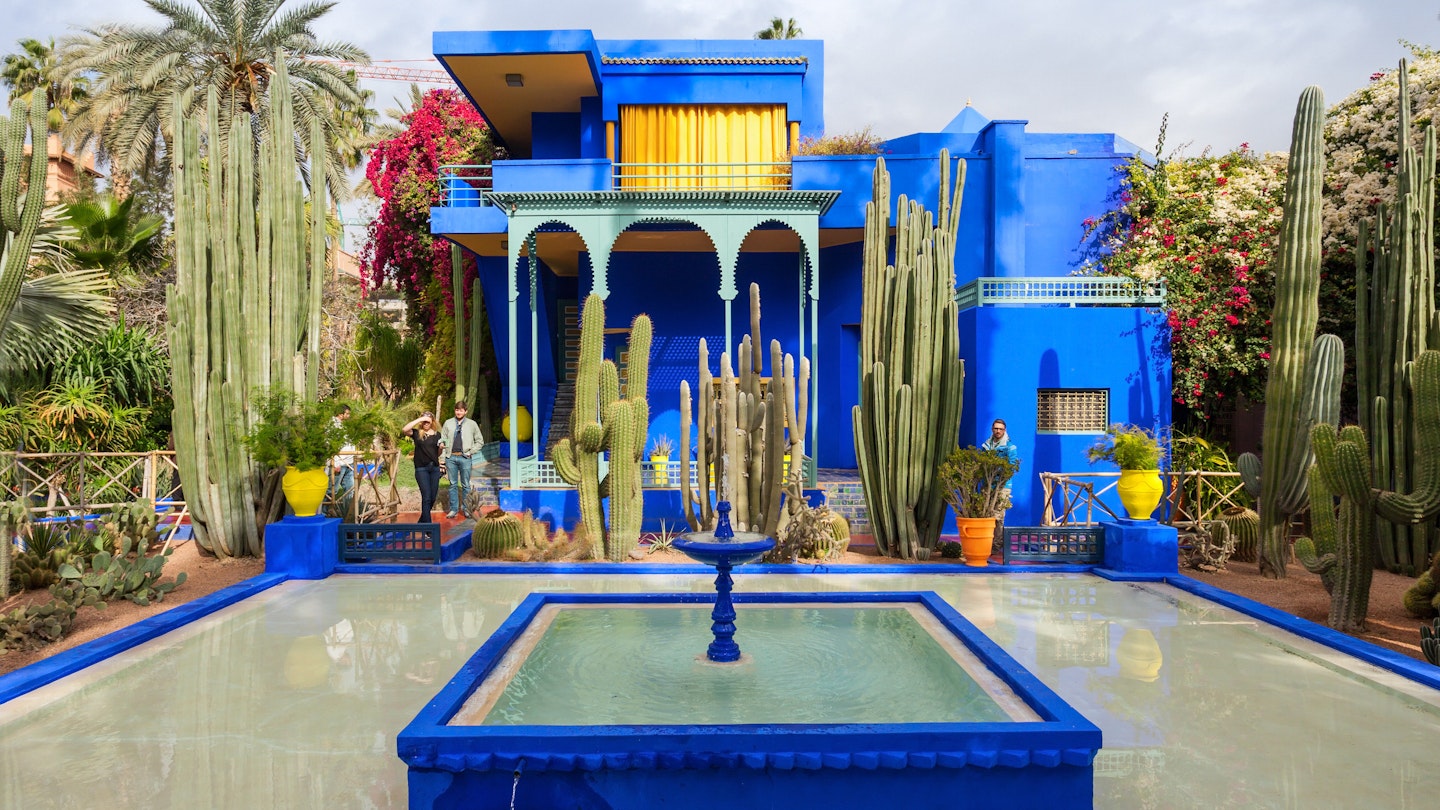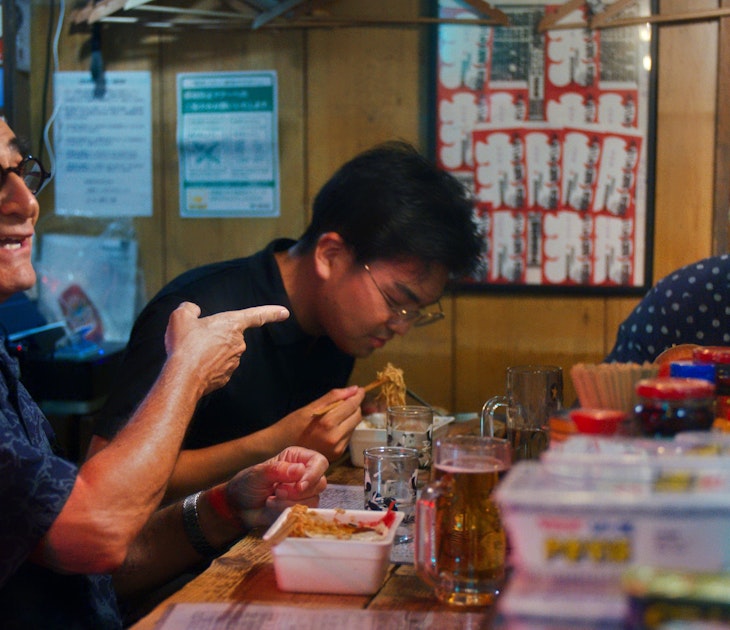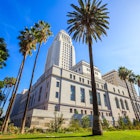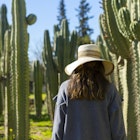When French fashion designer Yves Saint Laurent saved Jardin Majorelle from property developers in 1980, he couldn’t possibly have imagined how popular this garden in Marrakesh was going to become.
Four decades on and the walled cacti garden, encompassing skyscraping bamboo groves and an art deco studio housing a museum of Berber artefacts, is Morocco’s most visited tourist attraction. Last year, visitor numbers hit around 900,000. But the Majorelle Garden Foundation is taking action to reduce both crowding and queuing by providing access to a previously off-limits secret garden and by offering a new online ticketing system.

The secret garden
Most tourists don’t realise that Jardin Majorelle’s public space has dramatically increased this year – but only if you visit on certain days of the week.
In December 2018, an unassuming archway in the back wall of Jardin Majorelle was unlocked for the first time in decades. Through it lies the private gardens and house where Yves Saint Laurent once lived, and where his partner Pierre Bergé continued to live until his death in 2017.
This previously off-limits section of the gardens is called Villa Oasis and, though it has greatly extended the footprint of the gardens, the Majorelle Garden Foundation has decided not to overtly advertise it. At present the Villa Oasis garden is only open Friday to Monday and entry is included in the standard Jardin Majorelle ticket.

What’s inside Villa Oasis?
Accessed via a pathway draped with bright bougainvillea and distinct from the main gardens, the Villa Oasis grounds are arguably the more sumptuous and engrossing of the two, though they lack the bamboo groves that have become an icon of the main gardens. Giant spears of succulents, sprawling prickly pears and lean cacti pillars are rooted between a succession of green-tiled water features, the largest of which is a pool with a photogenic pyramid-roofed pavilion.
The residence itself is larger than the Majorelle studio and more oriental in design, blending Marrakesh’s signature terracotta red with Majorelle’s electric blue and Islamic green on its façade and tiled pyramid roof. A blue-and-yellow, pillar-fronted balcony provides the only tantalising glimpse of the living space within, which YSL and Pierre Bergé used as their private urban retreat during sojourns in Marrakesh.
Hidden Marrakesh: a guide to the city's best-kept secrets
With its well-preserved, elaborate Moroccan craftsmanship, art deco furniture and personal effects belonging to the couple, the Villa Oasis residence has essentially become a shrine that the Majorelle Garden Foundation intends to keep intimate and exclusive. It will remain closed to the public, except by private tour with a couple of luxury hotels and tour operators.
Nevertheless, photo opportunities abound and the Instagrammers that love Jardin Majorelle’s bold personality are finding their way here. The Villa Oasis gardens may give visitors more space to spread out, but they also provide another reason to visit.

Majorelle’s ascending star
The opening of the Musée Yves Saint Laurent – sister museum to the one in Paris – next door to the gardens in 2017 has undoubtedly increased Jardin Majorelle’s pulling power. More than half of visitors explore both sites and it’s now easier than ever to spend an entire day here, admiring the design cred of the gardens’ cacti giants, pavilions, pools and luminous architecture so beloved by Instagrammers; taking tea in the rammed-earth cafe buildings that were once the old servants’ quarters; visiting the Musée Berbère and the boutique selling Yves Saint Laurent-inspired designs; then moving on to Musée Yves Saint Laurent to unravel the fashion designer’s life, work and love affair with Morocco.
Yves Saint Laurent’s Moroccan legacy has been well and truly capitalised upon. With so much to do in one place, it’s little wonder the gardens are now top of every tourist’s Marrakesh hit list.
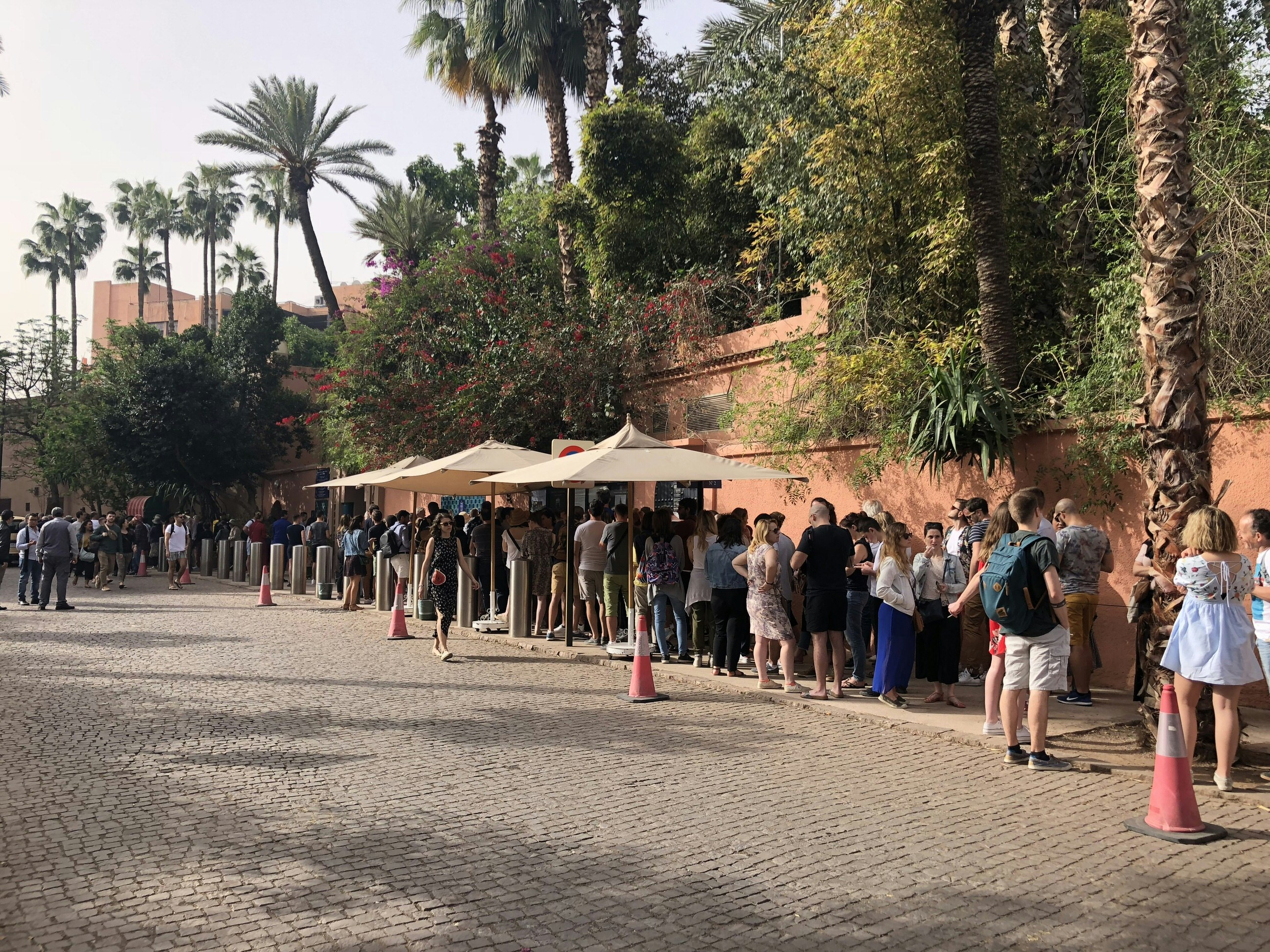
Taking action on queues
In the past few years only a visit at 8am, when many tourists were just starting to contemplate rolling out of their hotel beds, would avoid the queues. Jardin Majorelle was starting to look like a victim of its own success. Queuing times averaged 15 minutes at best and up to an hour at worst, peaking in the mornings after 10am.
Visitors were starting complain about the admission delays. "Friends keep telling me they had to queue for an hour just to get in to Jardin Majorelle. I couldn’t believe it," said Parisian Emmanuelle Sottani, who has been a repeat visitor to Marrakesh for over a decade. "Ten years ago it used to be a quiet place. I can’t remember any queue to get inside. It was a peaceful space to walk about and take tea in the garden."
But Jardin Majorelle’s new online ticketing system, launched on 23 September, is hoping to help. It's a Marrakesh first, and allows visitors to book online to secure a specific admission time slot. This will alleviate the need to queue down the street outside the walled gardens, where there is little respite from Marrakesh’s fierce sun. Online bookings will incur a Dh10 (about €1) booking fee.
Where to get off the beaten track in Morocco
Ticket-holders will have 30 minutes' leeway either side of their booked time slot to enter the gardens (more, at the security guard’s discretion, depending on how many visitors are already inside). Majorelle Garden Foundation management has told Lonely Planet that the new booking platform won’t affect visitors’ ability to buy tickets on the door and that at present it has no plans to cap daily admission numbers.
"Some people do not have time to queue in the line. This is the main purpose of the online booking system – to make it easier for people to plan ahead," says Abdellah Khalafi, Jardin Majorelle’s chief finance officer, who has been in charge of the project to implement e-ticketing.
The online booking system will also try to balance the flow of visitors by releasing more tickets for periods of the day that are typically less crowded. "We have statistics and we know which times are less crowded and when people could have a better experience," Abdellah explains. "For example, between 4pm and 6pm the garden is great. It’s less crowded, but most people come in the morning at 9am or 10am."

Marrakesh tourism boom
In February this year, an article was published in the international business press bemoaning that the Jardin Majorelle had been "run roughshod by tourism". Marrakesh – which has the largest medina in Morocco, home to the Djemaa El Fna, dozens of souqs and important historic palaces and tombs – is Morocco’s top tourist destination. Combined with Agadir, it accounts for half of all tourism to the country.
How to be a responsible traveller in Marrakesh
Marrakesh is also in the throes of a tourism boom. In the first half of 2019, overnight stays rose 8% to almost 4 million. Years of stability in Morocco has helped drive international visitor numbers up year on year, but the red city’s boom is also partly thanks to a government initiative called Vision 2020 that’s aiming to double the size of Morocco’s tourism sector and accommodation capacity.
The problem is tourism management has been an afterthought. Site management at key historic attractions in Marrakesh is poor and Jardin Majorelle isn’t the only attraction where the strain has started to show. Hopefully, the latest measures at the gardens will alleviate some of the issues.
